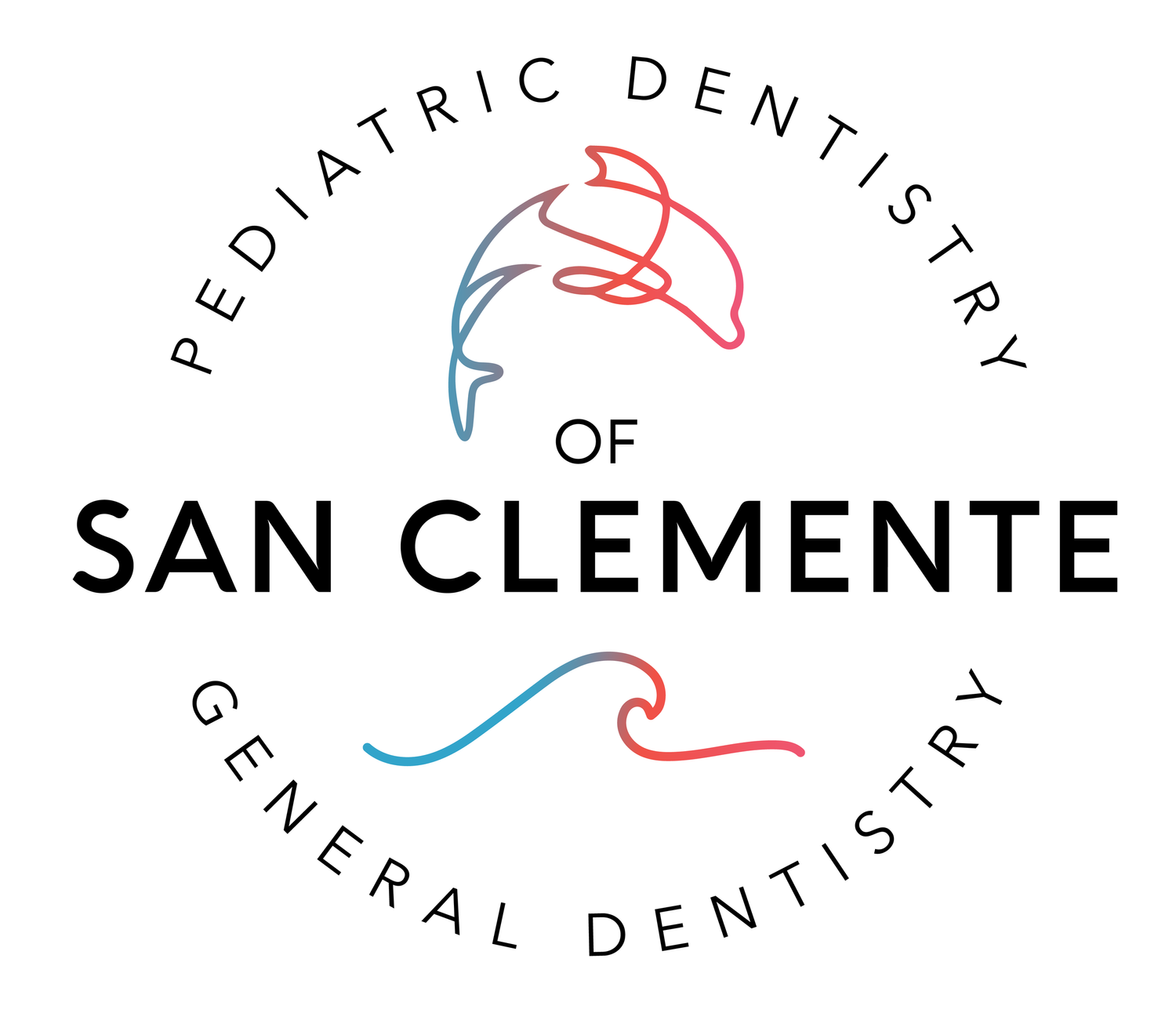Brushing Tips
Starting at birth, clean your child's gums with a soft cloth and water.
As soon as your child's teeth erupt, brush them with a soft-bristled toothbrush.
If they are under the age of 2, use a small "smear" of toothpaste.
If they're 2-5 years old, use a "pea-size" amount of toothpaste.
Be sure and use an ADA-accepted fluoride toothpaste and make sure your child does not swallow it.
When brushing, the parent should brush the child's teeth until they are old enough to do a good job on their own.
Flossing Tips:
Flossing removes plaque between teeth and under the gumline where a toothbrush can't reach.
Flossing should begin when any two teeth touch.
Be sure and floss your child's teeth daily until he or she can do it alone.
Good Diet = Healthy Teeth
Healthy eating habits lead to healthy teeth. Like the rest of the body, the teeth, bones and the soft tissues of the mouth need a well-balanced diet. Children should eat a variety of foods from the five major food groups. Most snacks that children eat can lead to cavity formation. The more frequently a child snacks, the greater the chance for tooth decay. How long food remains in the mouth also plays a role. For example, hard candy and breath mints stay in the mouth a long time, which cause longer acid attacks on tooth enamel. If your child must snack, choose nutritious foods such as vegetables, low-fat yogurt, and low-fat cheese, which are healthier and better for children’s teeth.

The American Academy of Pediatric Dentistry recommends visits every six months to the pediatric dentist, beginning at your child’s first birthday. Routine visits will start your child on a lifetime of good dental health.
How do I prevent cavities?
Good oral hygiene removes bacteria and the left over food particles that combine to create cavities. For infants, use a wet gauze or clean washcloth to wipe the plaque from teeth and gums. Avoid putting your child to bed with a bottle filled with anything other than water.
For older children, brush their teeth at least twice a day. Also, watch the number of snacks containing sugar that you give your children..
Your pediatric dentist may also recommend protective sealants or home fluoride treatments for your child. Sealants can be applied to your child’s molars to prevent decay on hard to clean surfaces.
Seal Out Decay.
What is a Sealant?
A sealant is a protective coating that is applied to the chewing surfaces (grooves) of the back teeth (premolars and molars), where four out of five cavities in children are found.
Before Sealant Applied
When sealants are applied to teeth, the natural grooves and fissures of the teeth allow bacteria and plaque to easily accumulate. This results in faster decaying of the tooth.
After Sealant Applied.
This sealant acts as a barrier to food, plaque and acid, thus protecting the decay-prone areas of the teeth. They are placed relatively quickly and require no anesthesia.
Fluoride.
Fluoride is a naturally occurring element, which has shown to prevent tooth decay by as much as 50-70%, Despite the advantages, too little or too much fluoride can be detrimental to the teeth. With little or no fluoride, the teeth aren’t strengthened to help them resist cavities. Excessive fluoride ingestion by young children can lead to dental fluorosis, which is typically a chalky white discoloration (brown in advanced cases) of the permanent teeth. Be sure to follow your pediatric dentist’s instructions on suggested fluoride use and possible supplements, if needed.
You can help by using a fluoride toothpaste and only a smear of toothpaste (the size of a grain of rice) to brush the teeth of a child less than 3 years of age. For children 3 to 6 years old, use a "pea-size" amount of toothpaste and perform or assist your child’s toothbrushing. Remember that young children do not have the ability to brush their teeth effectively on their own. Children should spit out and not swallow excess toothpaste after brushing, in order to avoid fluorosis.



